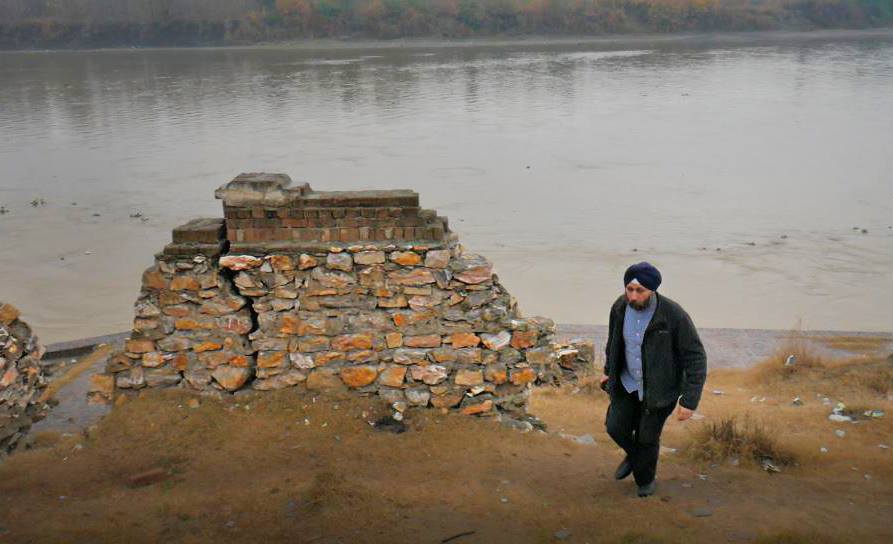At Nowshera in Pakistan, during a battle against the Durranis in 1823, the Sikhs lost two of their brave Generals, Akali Phoola Singh who was leading the Nihang battalion and Balbhadra Kunwar who was leading the Gurkha battalion. Walking past the remains of the battle memorial, I made it a point to step down to the banks of river Kabul. The subtle act of letting my hand feel the flow of the river was influenced by the realization that writers who delve into the matters of heart and mysticism are essentially influenced by interactive experiences with their environment. I had wished to get the blessings of the river to shape my emotions so I could effectively narrate the tales of our lost heritage!
In walking back from the river bank, I reflected that the common cultural tales of Punjabi Hindus, Muslims and Sikhs were once anchored in the tragic love stories of Heer Ranjha, Sohni Mahiwal, Sassi Punnu and Mirza Sahiba. These tales of star-crossed lovers were spun around the environment that consisted of rivers, deserts and the farmlands of the undivided Punjab, Sindh and Balochistan.
Ironically, in the seven decades of partition, the communities that were expelled from the lands have remained devoid of access to their environment. The consequence is that their present generation is now the least interested in the legends of their ancestral lands. It is understandable because the environment was forcefully snatched from them.
How can one write about their cultural tales if devoid of the feelings associated with their environment?
Photographed in Jan 2017, during the research for the book “THE QUEST CONTINUES: LOST HERITAGE The Sikh Legacy in Pakistan”

